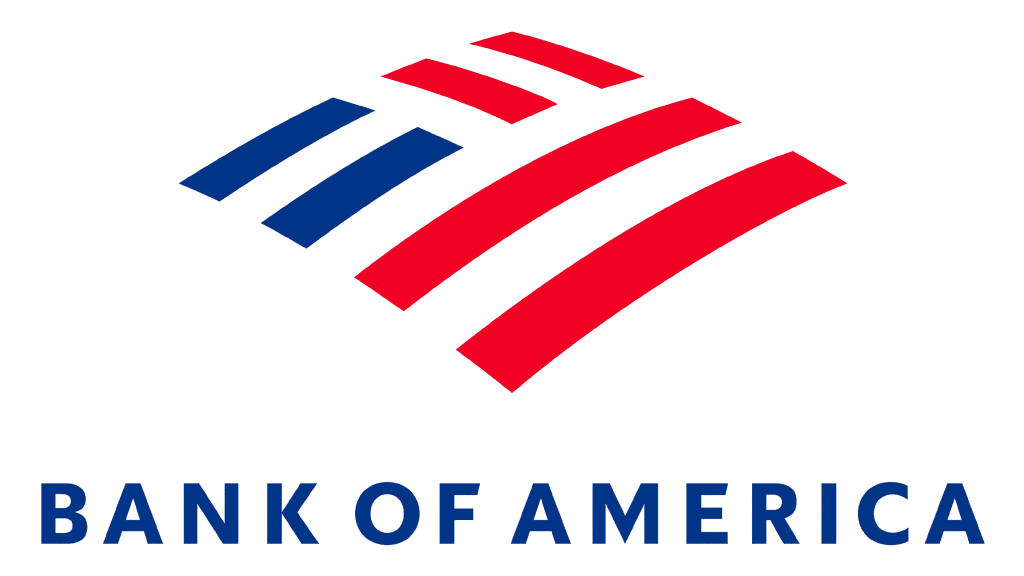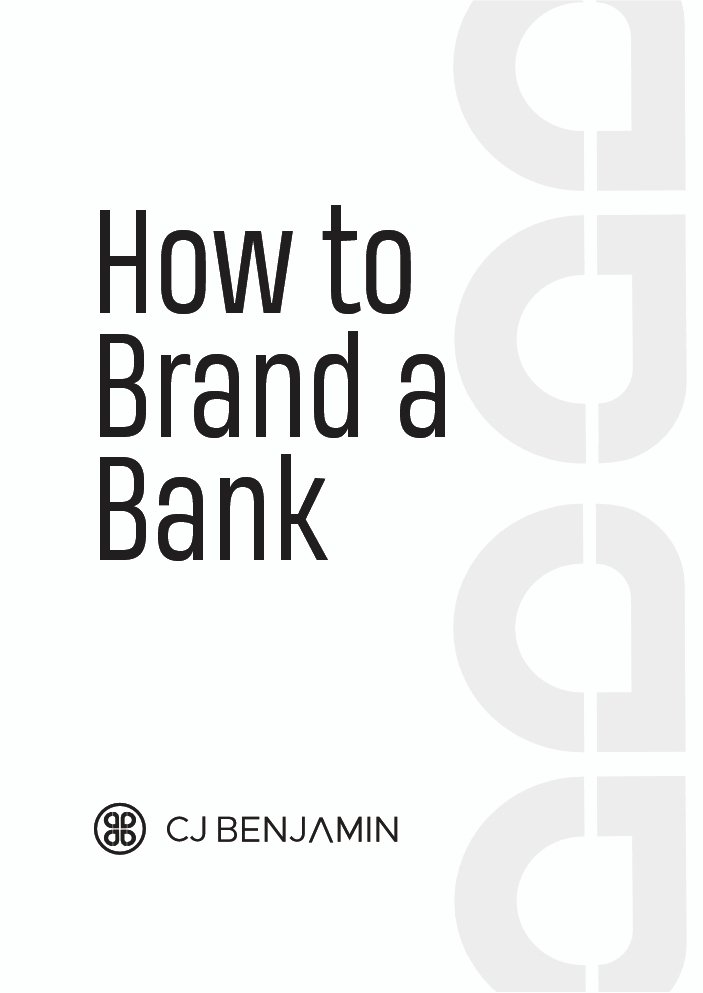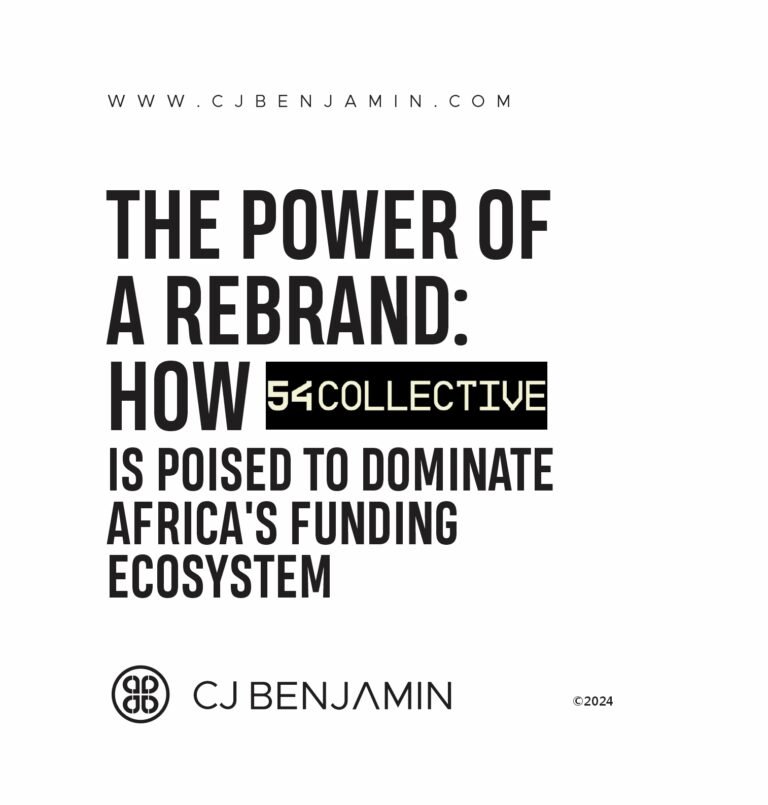Branding plays a pivotal role in shaping the identity and success of a bank. A strong brand not only fosters trust and loyalty among customers but also enhances a bank’s market share, reputation, and profitability. As reported by Capgemini, 76% of consumers now consider the brand as crucial as the actual products and services offered by a bank. I will be exploring the strategic steps and considerations essential to branding a bank, from understanding the target audience to leveraging digital platforms and innovating services.
1. Understanding the Target Audience
The cornerstone of any successful branding strategy is a thorough understanding of the target audience. For a bank, this involves market segmentation based on various factors:
- Demographics: Key demographics include age, income level, occupation, and geographic location, which influence financial needs and preferences.
- Psychographics: This involves understanding customers’ attitudes, values, and lifestyles, allowing for tailored messaging that resonates with their beliefs and aspirations.
- Financial Needs: Identifying specific financial products and services needed by different segments, such as savings accounts, loans, investment products, and digital banking solutions.
A Deloitte survey highlights that 60% of millennials prioritize convenience and digital access when choosing a bank, underscoring the need to cater to the digital-native segment.
2. Crafting a Unique Brand Identity
A bank’s brand identity should reflect its core values, mission, and vision. Key components include:
- Brand Name and Logo: The name and logo are critical identifiers. They should be unique, memorable, and convey trust and stability. For instance, the name “Chase” suggests pursuit and achievement, while its blue logo symbolizes trustworthiness.
- Tagline: A compelling tagline succinctly communicates the bank’s value proposition. For example, Capital One’s “What’s in your wallet?” emphasizes customer empowerment and choice.
- Visual Identity: This encompasses the color palette, typography, and design elements used in marketing materials. Consistency across all touchpoints ensures a cohesive brand experience.
McKinsey reports that consistent brand presentation across platforms can increase revenue by up to 23%.
3. Building Brand Trust and Credibility
In the financial sector, trust is paramount. Customers need assurance that their money and personal information are secure. Key strategies include:
- Transparency: Clearly communicate terms, conditions, fees, and policy changes. Transparency helps build strong customer relationships and prevents misunderstandings.
- Security: Emphasize robust security measures, such as encryption and fraud detection systems. Display security certifications and educate customers on safe online practices.
- Customer Service: Invest in high-quality customer service across all channels. Swift, effective issue resolution and personalized support significantly enhance customer loyalty.
Edelman’s research shows that 87% of consumers will switch to a competitor if they do not trust a brand.
4. Leveraging Digital Channels for Brand Awareness
An effective online presence is essential for building brand awareness and engagement. Key strategies include:
- Optimized Websites and Mobile Apps: Ensure user-friendly interfaces, easy navigation, and quick access to information and services. According to The Financial Brand, 46% of customers prefer using mobile apps for banking transactions.
- Social Media Engagement: Utilize platforms like LinkedIn, Twitter, and Instagram to share valuable content, engage with customers, and humanize the brand. Social media also serves as a powerful tool for addressing customer concerns and showcasing community involvement.
- Content Marketing: Publish informative articles, blogs, and videos on financial literacy, investment strategies, and other relevant topics. This positions the bank as a trusted advisor and thought leader.
5. Differentiating Through Innovation and Personalization
To stand out in a competitive market, banks must innovate and personalize their offerings:
- Product Innovation: Develop unique financial products and services tailored to specific customer needs. For example, offering eco-friendly financial products can appeal to environmentally conscious consumers.
- Personalized Experiences: Use data analytics to provide personalized recommendations and services. Accenture’s research indicates that 63% of consumers expect personalized services as a standard offering.
6. Monitoring and Adapting Brand Strategy
Branding is an ongoing process that requires regular monitoring and adaptation. Key performance indicators (KPIs) to track include:
- Brand Awareness: Measure reach and recognition through surveys and social media metrics.
- Customer Satisfaction and Loyalty: Use Net Promoter Scores (NPS) and satisfaction surveys to gauge loyalty and satisfaction.
- Market Position: Analyze market share and competitive positioning to identify growth opportunities.
Forrester’s study suggests that companies regularly assessing and adjusting their brand strategy see a 30% increase in customer retention.
Case Studies: Banking Brands with Exceptional Branding and Global Perception and Recognition
Several banking brands have successfully established themselves as leaders in the financial industry through exceptional branding and a strong global presence. Here are highlights of a few notable examples:
HSBC: The World’s Local Bank

HSBC, one of the largest banking and financial services institutions in the world, is renowned for its distinctive and consistent branding. The bank’s tagline, “The World’s Local Bank,” encapsulates its global reach combined with a commitment to understanding and serving local markets. This dual focus allows HSBC to position itself as both an international powerhouse and a community-oriented bank. The bank’s visual identity, featuring the iconic hexagon logo and a striking red and white color scheme, reinforces its brand recognition across diverse markets.
J.P. Morgan Chase: Trust and Innovation

J.P. Morgan Chase, a global leader in investment banking, financial services, and asset management, has built a brand synonymous with trust and innovation. The bank’s branding emphasizes its heritage and stability, combined with a forward-looking approach to financial technology and services. The company’s use of a simple yet elegant blue logo conveys professionalism and trustworthiness. J.P. Morgan Chase’s branding strategy also includes strong digital marketing and a robust online presence, catering to both institutional and retail clients worldwide.
Citibank: The World’s Most Global Bank

Citibank, a major division of Citigroup, has established itself as “The World’s Most Global Bank.” This positioning reflects its extensive network and presence in over 100 countries, making it one of the most internationally recognized banking brands. Citibank’s branding emphasizes its global reach, offering a wide range of financial products and services tailored to both local and international clients. The bank’s iconic blue arc logo symbolizes innovation and global connectivity, while its consistent use of the tagline “Citi never sleeps” highlights its commitment to 24/7 service and accessibility. Citibank’s focus on digital banking, wealth management, and corporate social responsibility initiatives further strengthens its brand presence worldwide.
Bank of America: Life’s Better When We’re Connected

Bank of America is one of the largest and most recognized financial institutions in the United States and globally. Its branding emphasizes the theme “Life’s Better When We’re Connected,” reflecting the bank’s commitment to connecting with customers and communities. The brand focuses on delivering exceptional customer service, a wide range of financial products, and cutting-edge digital banking solutions. Bank of America’s iconic flag logo, with its blue and red colors, symbolizes strength, stability, and trust. The bank’s emphasis on sustainability and community initiatives, such as supporting affordable housing and education, further enhances its brand reputation and customer loyalty.
Want to brand the next big thing? Connect with CJ BENJMAMIN through email: contact@cjbenjamin.com



